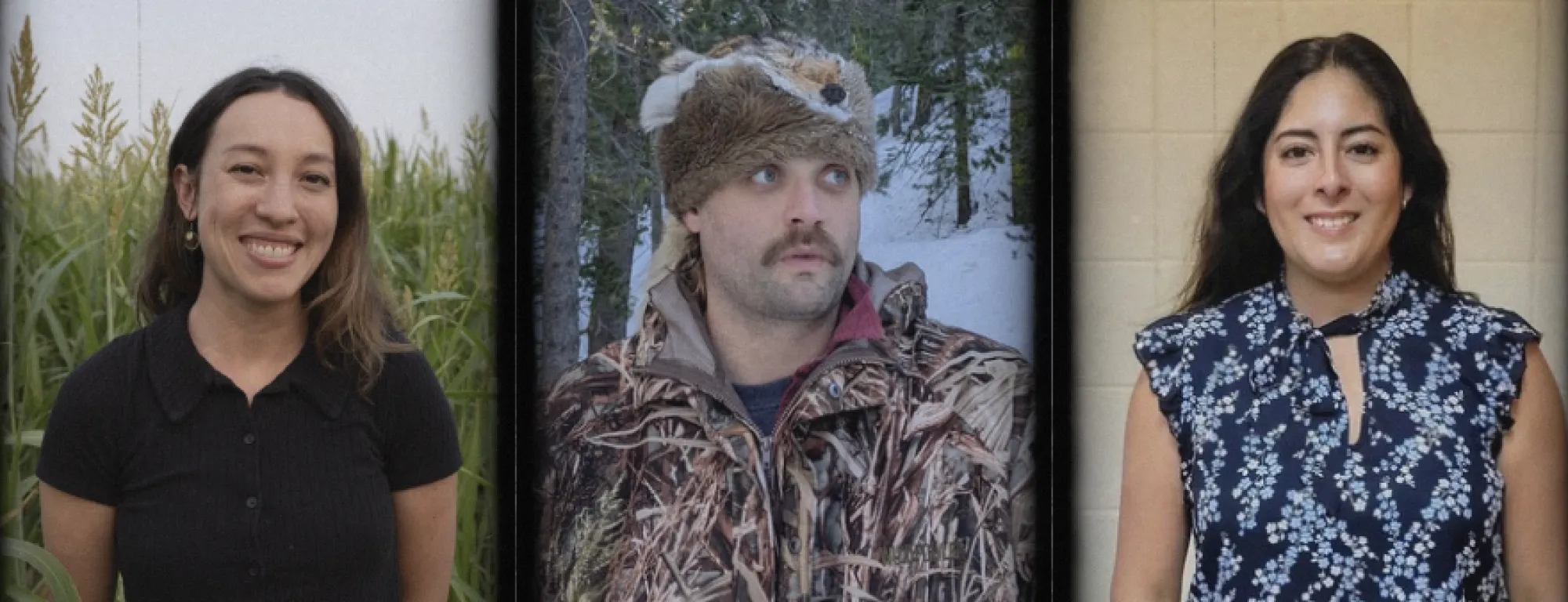
UC ANR hires experts in disaster resilience, food systems, economics and more
New UC ANR hires bring expertise in disaster resilience, environmental horticulture, agricultural economics, Indigenous food, youth, forestry, food preservation, livestock and more
View Article or
